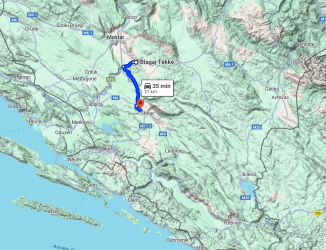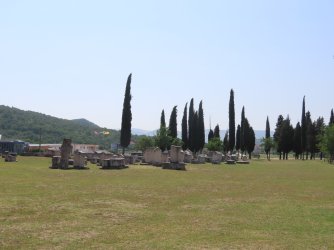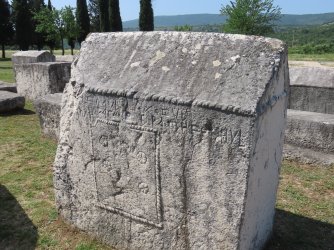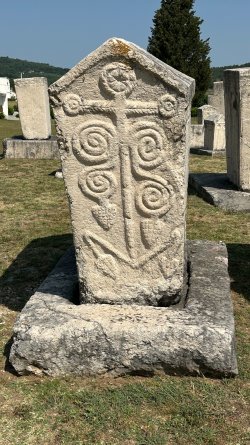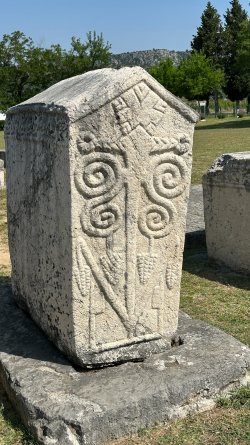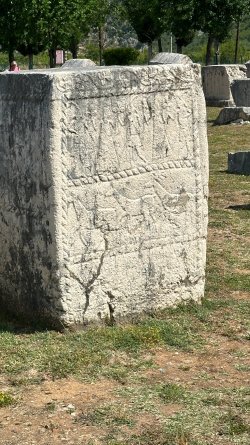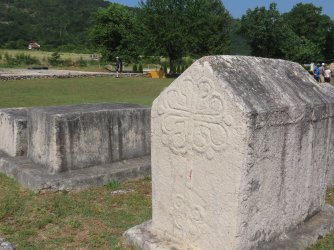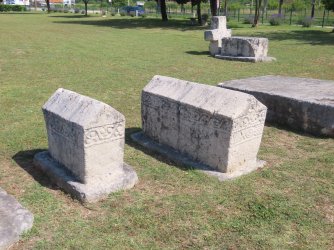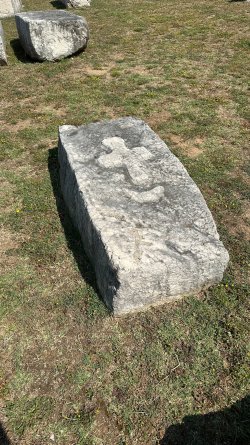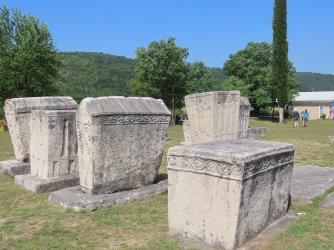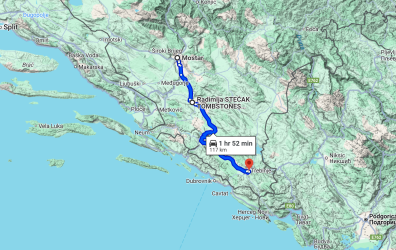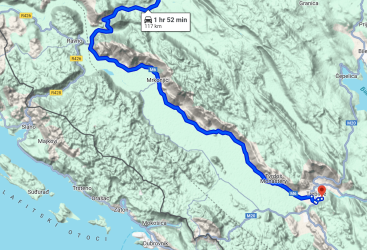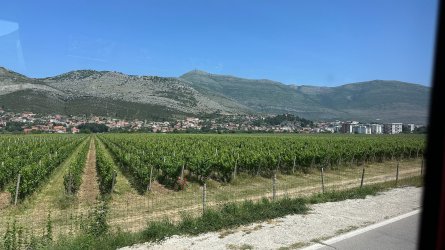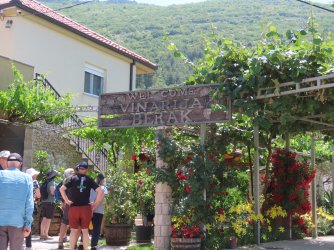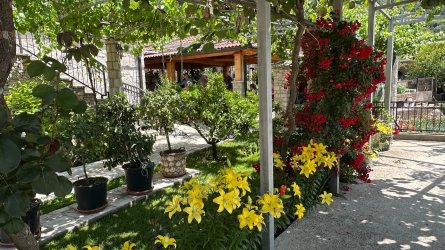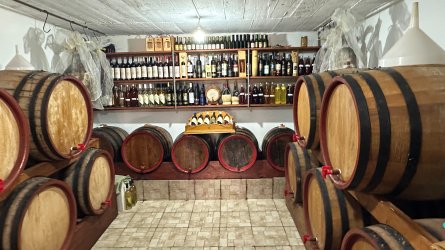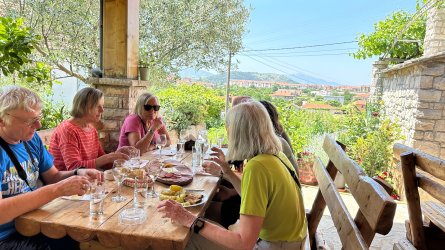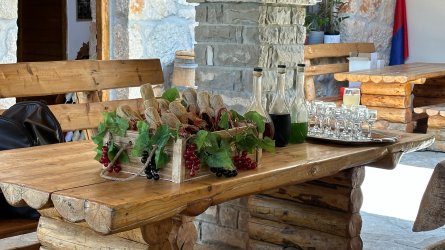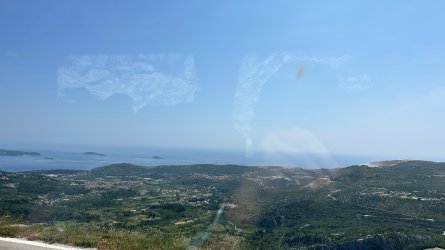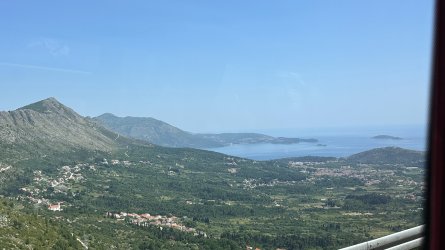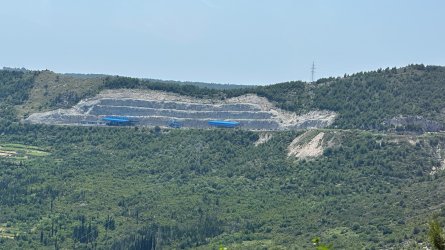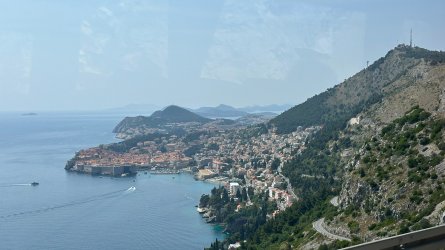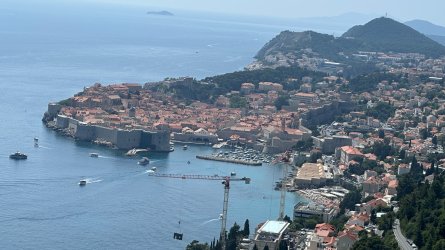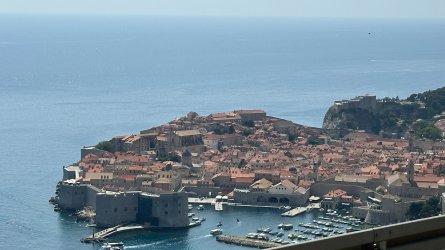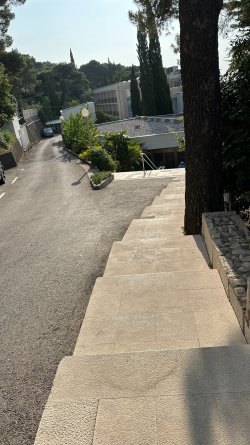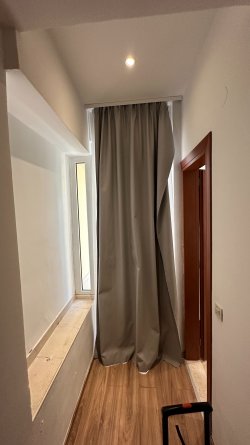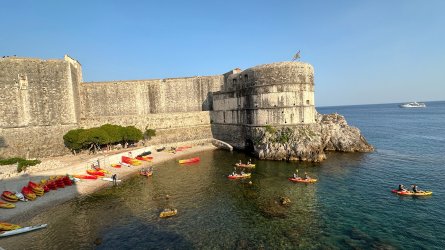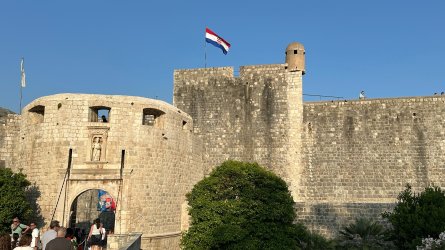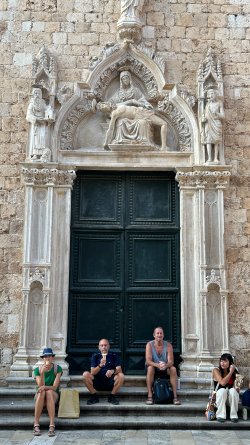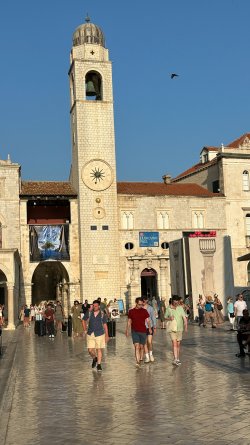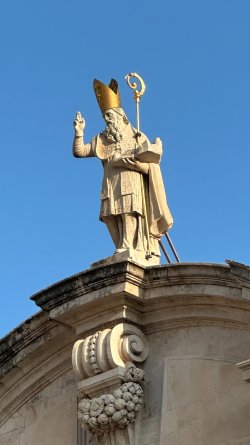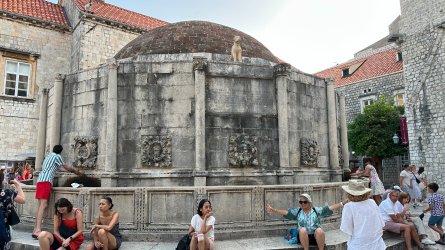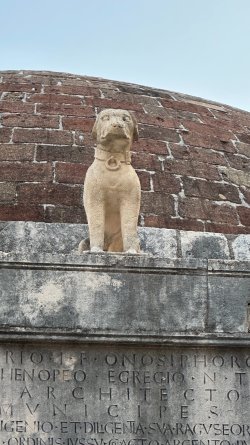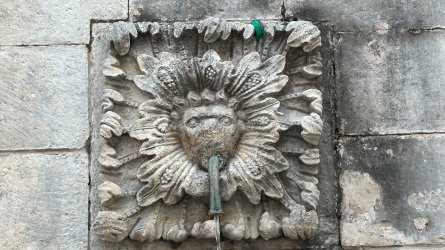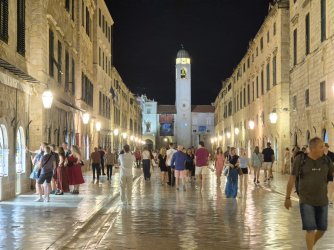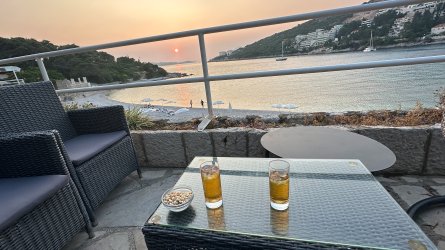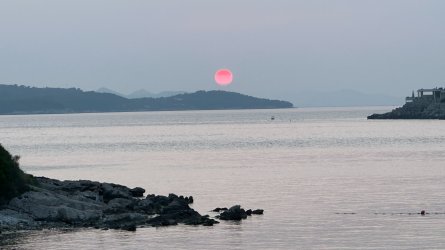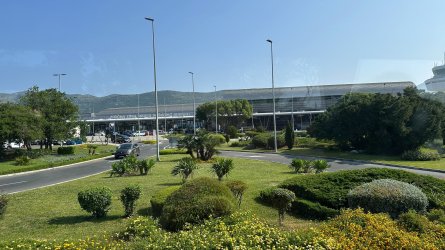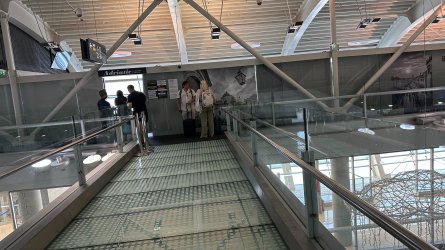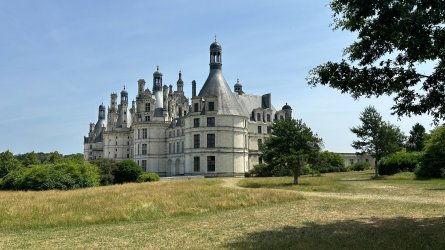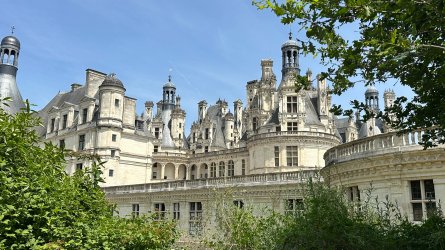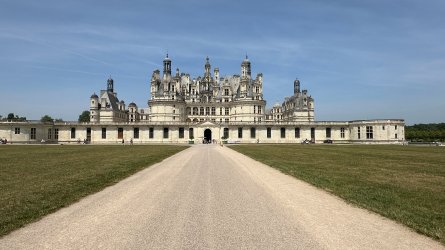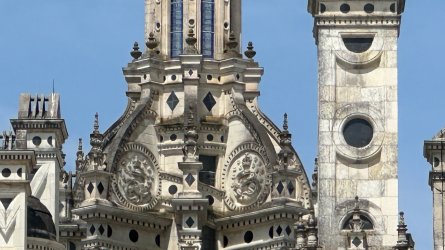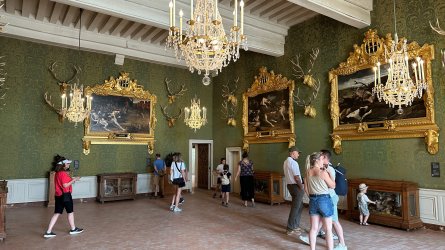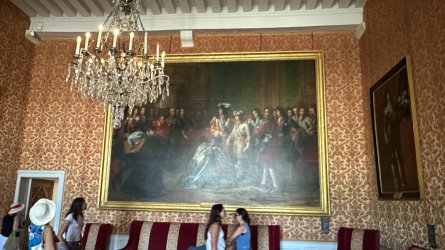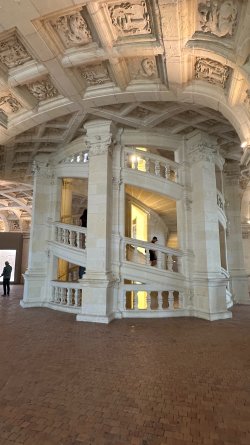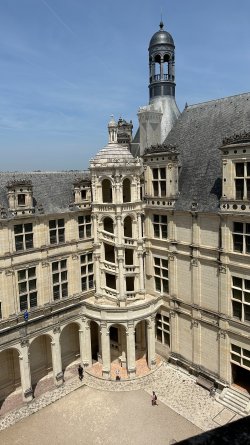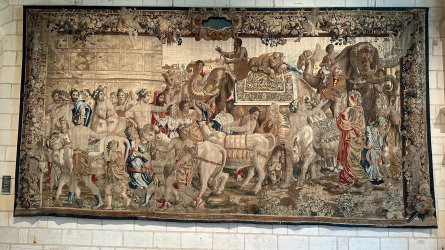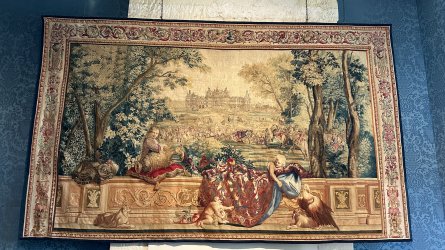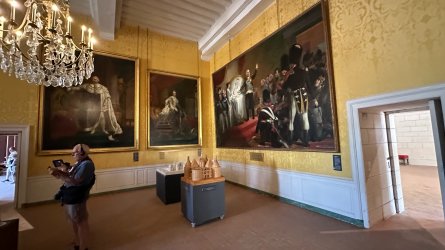- Joined
- Nov 12, 2012
- Posts
- 31,090
- Qantas
- Platinum
- Virgin
- Platinum
- Star Alliance
- Gold
Besides lunch, there were two features at this site. High on the cliffs above us, and only seen from a distance was another pre-Ottoman Bosnian Kingdom emplacement, Stari Grad Blagaj, also known as Herceg Stjepan's Fortress.
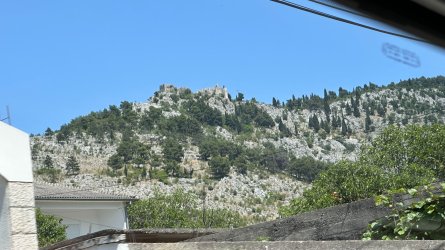
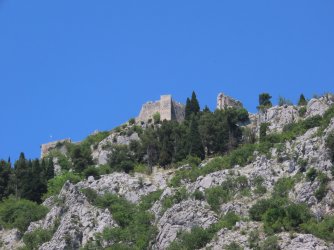
Paraphrasing Wikipedia (because I love this stuff )
)
The other feature was an Ottoman noble's house, at the base of an over-hanging cliff where the River Buna flows out of a cave at its base.
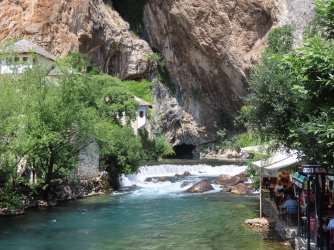
A very large cliff ...
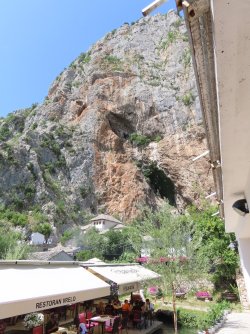
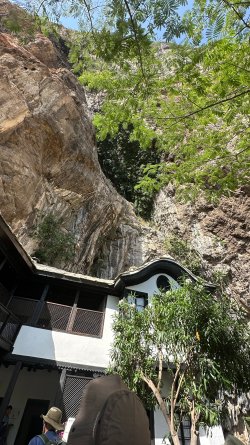
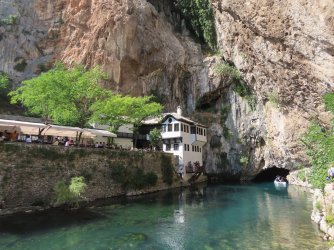
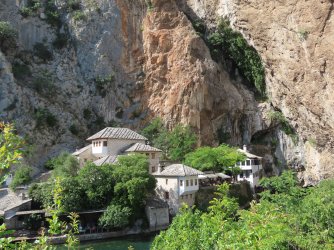
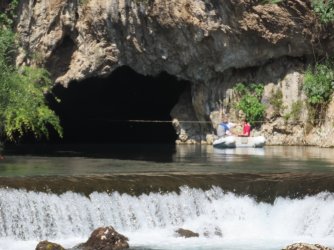
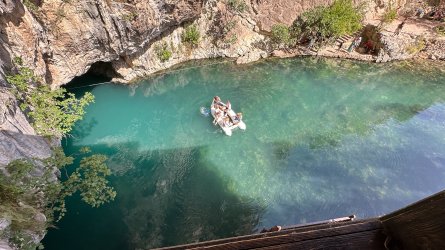
We went inside the house, but it was very hot, and when we were told that this supposed 15th century house was in fact mainly from the 19th century and earlier versions had been damaged or destroyed by rockfalls during earthquakes, I made a hasty retreat.


Paraphrasing Wikipedia (because I love this stuff
The archaeological material scattered above the slopes of Blagaj hill indicate that settlements existed here during the prehistoric and Roman periods. The south-western summit contains the remains of the present day Stjepan grad, a medieval or Ottoman period fort.
It is possible that Stari Grad Blagaj consisted of two parts in the early medieval period – the Old Fort (Stjepan grad) and Mala gradina, and that this twin settlement lasted at least until the mid-tenth century. The earliest indirect source in writing on the Zahumlje forts, including Blagaj, is the "Treatise on Peoples" by the Byzantine Emperor and writer Constantine Porphyrogenitus, dating between 948 and 952, in which two forts are referred to – Bona and Hum.
After the 10th century, Blagaj played an important role in the development of Hum or Zahumlje. A major influence on its development was the proximity of a major route linking the Adriatic Sea with the Bosnian hinterland via the Neretva valley (“via Narenti”).
By the time of King Tvrtko, Bosnian rulers were issuing charters in Blagaj, and in May 1404 Blagaj became one of the residences of Duke (vojvoda) Sandalj Hranić, and then of count (herzeg) Stjepan Vukčić Kosača, after whom the people named the fort Stjepan grad. The first written reference to it is a peace accord between Duke Sandalj Hranić and the Venetians, from November 1, 1423, issued “in our town of Blagaj”. It was also mentioned in the 15th century charters of the King of Aragon and Naples, Alphonse V.
The Ottomans occupied Blagaj in 1465, and by 1473 references to the kadija of Blagaj already exist. The Ottomans repaired the fort twice: in 1699, when the west tower was repaired, and again in 1827. A garrison was stationed there until 1835, although the fort's former strategic role had long since been taken over by Mostar.
The other feature was an Ottoman noble's house, at the base of an over-hanging cliff where the River Buna flows out of a cave at its base.

A very large cliff ...






We went inside the house, but it was very hot, and when we were told that this supposed 15th century house was in fact mainly from the 19th century and earlier versions had been damaged or destroyed by rockfalls during earthquakes, I made a hasty retreat.







